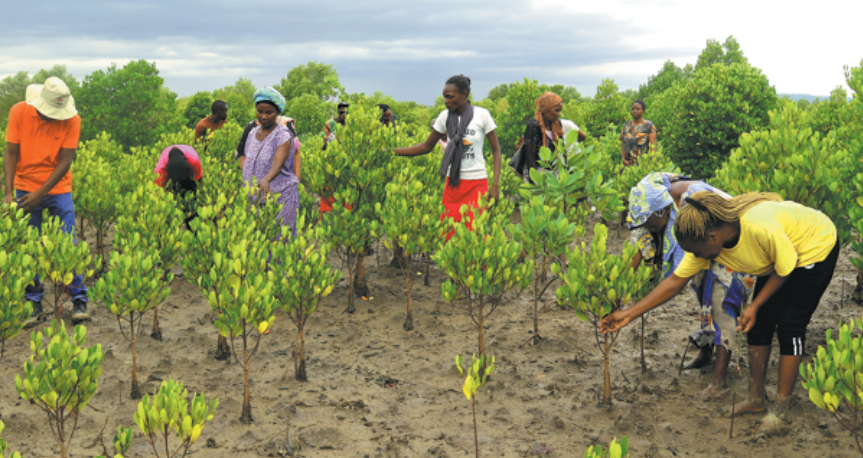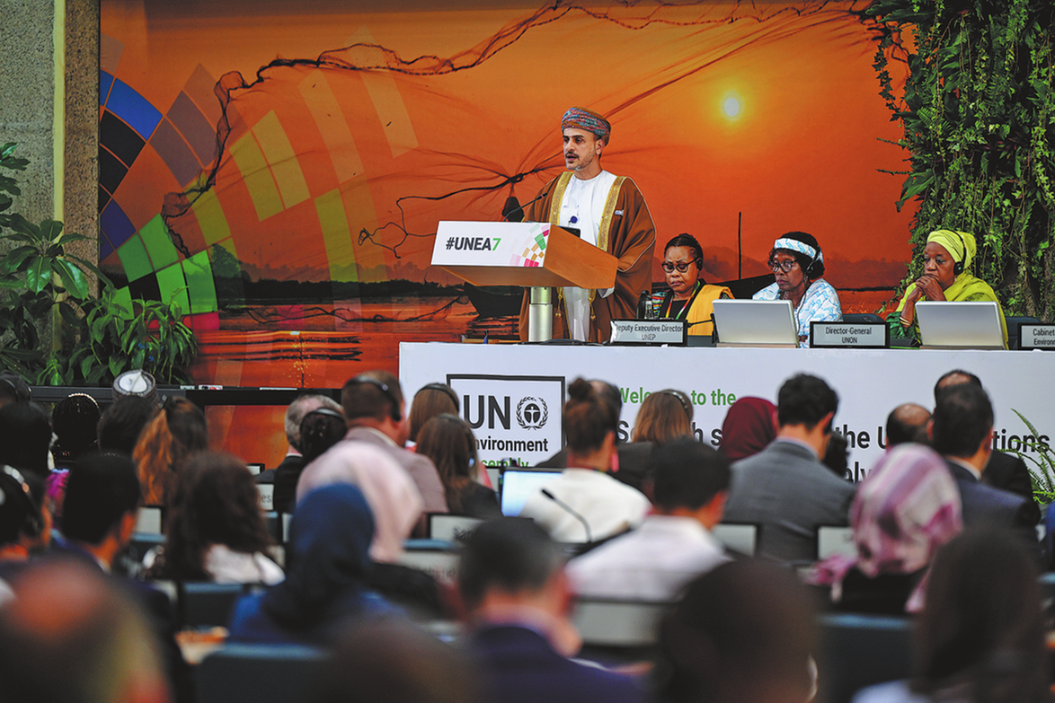Mangrove restoration project unveils income-generating opportunities in Kenya
By Edith Mutethya in Mombasa, Kenya | China Daily | Updated: 2024-08-01 09:50

At Tudor Creek in Kenya's coastal city of Mombasa, local community members have committed to restoring mangroves, an eye-opener initiative that is creating lucrative income ideas.
"In addition to generating income to sustain the program, our dream is to see each member get monthly income, enough to meet their basic needs in the near future. We have several projects in the pipeline toward that end," said Mbaarak Abdalla, founder and program director of Brain Youth Group.
Since 2012, he said, the group has planted 3.8 million mangroves with a survival rate of 87-95 percent. They plan to increase this number to 8 million by 2030.
The group has also planted 270 beehives in the forest to combat logging. Per hive, they harvest 10-15 kilograms of honey every three months. Each kilogram earns them $6-8. They also have two fishponds along the creek, so they harvest twice a year.
A portion of the income from honey and fish sales goes to the savings account for conservation efforts while the remaining amount is shared equally among the members.
"We are currently looking for funds to buy two deep sea fishing vessels and build a hostel near the creek, with 100 guest accommodation rooms," Abdalla said adding that upon securing the fishing vessels, they will start exporting fish to the Middle East.
To further diversify income generation activities, the group has also bought 8 hectares of land to venture into poultry farming. They plan to keep 25,000 chickens.
"Money was not the reason why I joined the group. I fell in love with conservation and I'm enjoying," said Bahati Karisa, a member who joined the group in 2017.
She has since learned a lot, including identifying different species of mangrove and their adaptations.
Mustafa Shabani, who joined the group in 2019, was motivated on conservation by the destructions caused by the 1997-1998 El Nino-induced rains to the local community. Though he was a young boy then, the impact still lingers in his mind.
Thanks to the mangrove restoration, the 35-year-old father of two said the area looks beautiful, the air is fresh and the numbers of fish and crabs have increased significantly.
Mangroves provide ideal breeding grounds for fish, crabs, shrimp and other shellfish. Decomposed mangrove leaves also provide a food source for marine life. Mangroves also act as a critical buffer against storm surges by slowing water flow.
Mangrove forests in Kenya cover about 61,271 hectares, representing approximately 3 percent of the natural forest cover or less than 1 percent of the national land area, according to the Kenya Marine and Fisheries Research Institute, a state corporation.
However, the ecosystem faces serious threats associated with deforestation and degradation.
For effective management of mangroves in Kenya, the country prepared the National Mangrove Ecosystem Management Plan running from 2017 to 2027.
The plan focuses on forest conservation and utilization, fisheries development and management, community, tourism development, research and education, as well as human resources and operations.
























